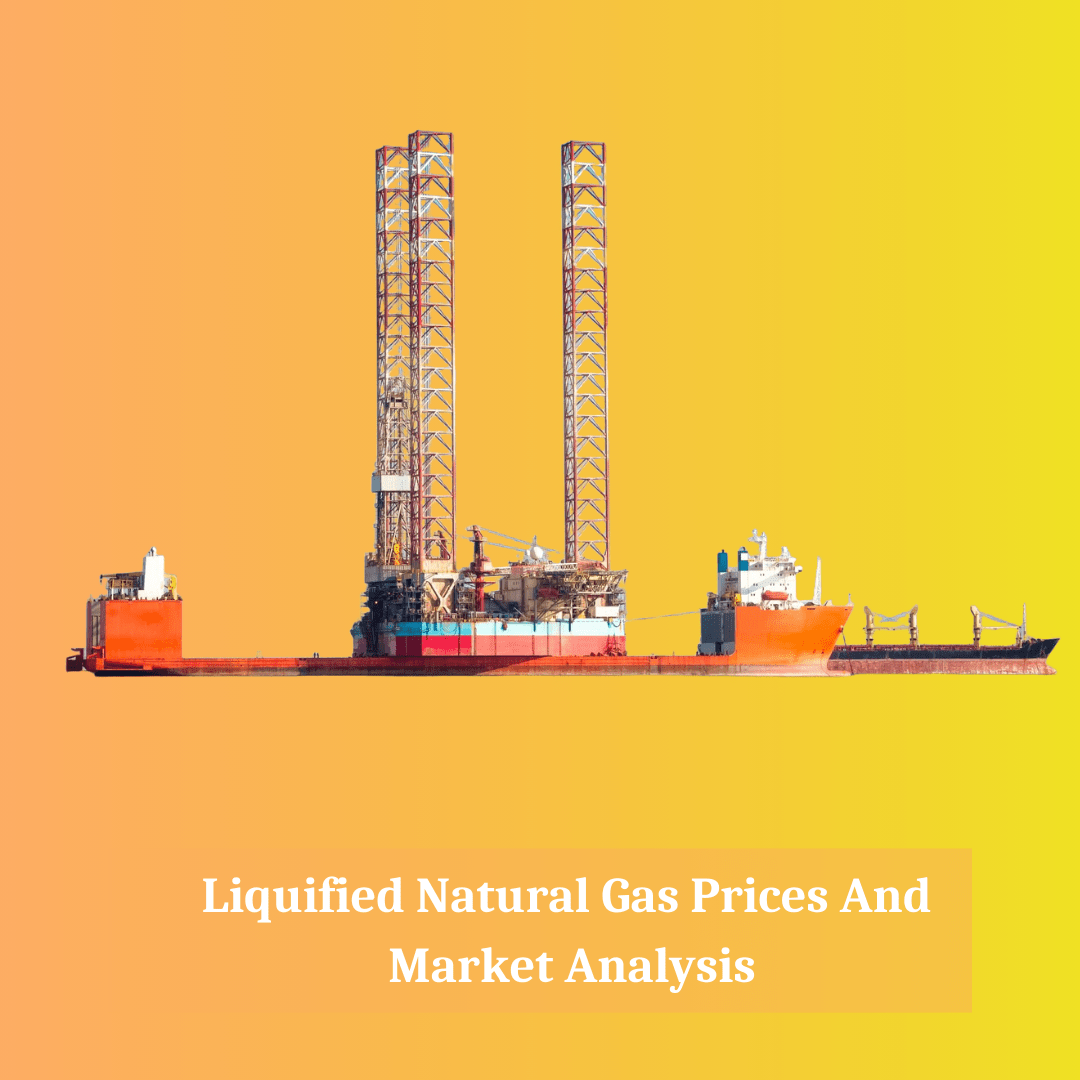
LNG Pricing in 2025
LNG Pricing in 2025: Factors to Watch and What They Mean for the Market
In 2025, the landscape for Liquefied Natural Gas (LNG) pricing is expected to be shaped by a variety of global factors. LNG, known for its ability to provide cleaner energy compared to traditional fuels like coal, is gaining traction worldwide. As countries increasingly turn to LNG for power generation, heating, and industrial use, understanding the factors influencing LNG pricing will be key to predicting the market’s direction in 2025.
What Determines LNG Pricing?
LNG prices are primarily influenced by supply and demand dynamics. However, other elements such as geopolitical events, technological advancements, and changing energy policies also play significant roles. Pricing can also be impacted by local market conditions and international trade. As LNG becomes a global commodity, its price is more sensitive to global shifts in supply and demand.
Rising Demand for LNG
A major factor driving LNG prices in 2025 will be the continued increase in global demand. The transition from coal to cleaner energy sources has been accelerating, especially in countries like China, India, and other emerging economies in Asia. LNG is often seen as a bridge fuel in this energy transition, providing a cleaner alternative to coal and oil.
As these countries continue to industrialize and urbanize, their demand for energy will increase, further driving the need for LNG. This increased demand is likely to push prices up, especially if production does not keep pace with consumption.
𝐁𝐨𝐨𝐤 𝐚 𝐃𝐞𝐦𝐨 𝐟𝐨𝐫 𝐚 𝐫𝐞𝐚𝐥-𝐭𝐢𝐦𝐞, 𝐝𝐚𝐭𝐚-𝐝𝐫𝐢𝐯𝐞𝐧 𝐢𝐧𝐬𝐢𝐠𝐡𝐭𝐬: https://www.price-watch.ai/book-a-demo/
Supply Chain Challenges and LNG Production
Supply-side factors will also have a significant impact on LNG pricing. Major producers like the United States, Qatar, and Australia play a crucial role in determining global LNG supply. Any disruptions to production, whether due to natural disasters, political unrest, or economic downturns, could result in a sudden decrease in supply, leading to price hikes.
In 2025, we may see new LNG projects come online in regions like the U.S. and Africa. While these new projects could boost supply and help stabilize prices, the rate at which they come online is critical. If production fails to meet demand, the LNG market could experience volatility.
Geopolitical Factors Affecting LNG Prices
Geopolitical events often have immediate and long-lasting effects on energy prices. Any instability in key LNG-producing regions or disruptions in international shipping lanes could lead to fluctuations in LNG prices. For instance, conflicts in the Middle East or Eastern Europe can cause supply disruptions, affecting the global market.
Additionally, sanctions or trade barriers imposed on major LNG exporters can lead to a reduction in the availability of LNG in certain regions, which will affect prices in both local and global markets.
Environmental Regulations and the Role of LNG in Energy Transition
As countries aim to meet climate goals and reduce carbon emissions, LNG will play an increasingly important role in the global energy transition. Many countries are phasing out coal-fired power plants and turning to natural gas, including LNG, as a cleaner energy source. This trend is likely to continue, further driving demand for LNG in the coming years.
However, stricter environmental regulations on LNG extraction, transportation, and storage could increase production costs. Governments worldwide are introducing tougher regulations to reduce methane leaks and other environmental impacts of LNG production. These regulations could lead to higher operational costs, which may be passed down to consumers in the form of higher LNG prices.
Technological Innovation and Infrastructure Development
Technology also plays an important role in the future of LNG pricing. Innovations in liquefaction and shipping technologies have made it easier to transport LNG across long distances. As new infrastructure is developed, LNG becomes more widely accessible, helping to stabilize prices.
Countries investing in LNG import terminals and regasification facilities are better positioned to benefit from global LNG markets, as they can bring in LNG at competitive prices. This infrastructure development will likely help mitigate regional price fluctuations and create a more balanced pricing structure worldwide.
What Can We Expect from LNG Pricing in 2025?
Looking ahead to 2025, LNG pricing is expected to rise due to increasing demand, particularly from developing nations. While new production projects may alleviate some supply constraints, geopolitical tensions and disruptions in the supply chain could still lead to volatility. Additionally, environmental regulations may add cost pressures, potentially increasing prices.
Overall, the LNG market in 2025 will be influenced by a complex mix of factors. Businesses and policymakers will need to stay vigilant and informed to navigate this evolving market. Understanding the trends will allow for better decision-making, whether you are an investor, an energy consumer, or a policymaker.
Stay informed with PriceWatch. For more insights, in-depth analysis, and the latest updates on global commodities, visit our website. Explore how our data-driven intelligence can help you make smarter decisions and stay ahead of the market.










